Starting a strength training journey can feel overwhelming, especially if you're new to fitness. But building strength isn’t just for athletes or gym enthusiasts—it’s for anyone who wants to feel stronger, more capable, and healthier in daily life. This beginner-friendly guide breaks down everything you need to know to start building strength safely and effectively, with clear, actionable steps and progress checks to keep you on track.
Strength training improves muscle mass, boosts metabolism, enhances bone density, and supports joint health. It also increases functional fitness—making everyday activities like lifting groceries or climbing stairs easier. For beginners, the benefits go beyond the physical: consistent training builds discipline, confidence, and mental resilience.
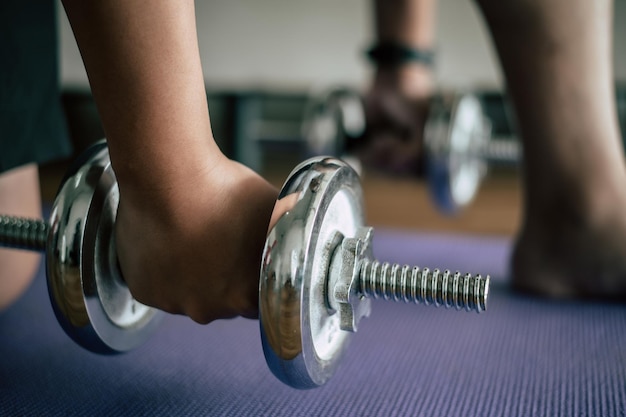
You don’t need a fully equipped home gym to begin. Start simple:
If you're using a gym, machines and barbells will be available, but bodyweight exercises are excellent for building foundational strength.
Consistency is key. Aim to train 2–3 times per week with at least one rest day between sessions. Each workout should take 30–45 minutes.
Focus on form and movement patterns. Perform 2 sets of 10–12 reps for each exercise.
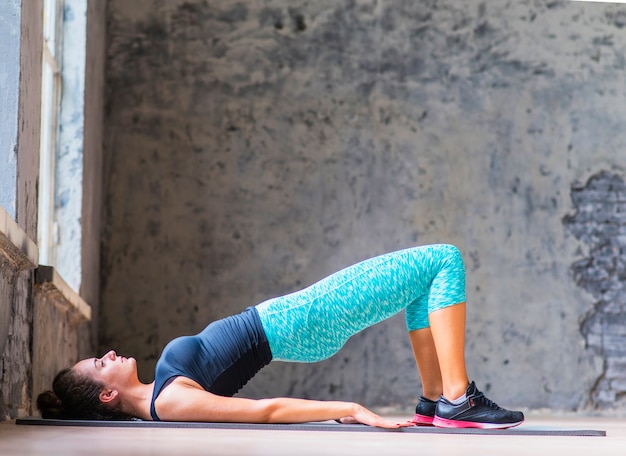
Increase to 3 sets of 10–12 reps. Add light weights or resistance bands.
Tracking progress keeps you motivated and helps identify improvements that aren’t always visible.
Keep a simple notebook or digital log. Record:
Every Sunday, ask yourself:
At the end of each month, retest a key exercise (e.g., bodyweight squats for max reps in 1 minute or plank hold time). Compare results to your baseline.
Motivation fades, but habits last. Build routines that stick:
After your first month, consider:
Remember, strength training is a long-term journey. Every rep, every session, and every rest day brings you closer to a stronger, healthier you.

Fitness

Fitness

Fitness

Fitness

Fitness

Fitness

Fitness
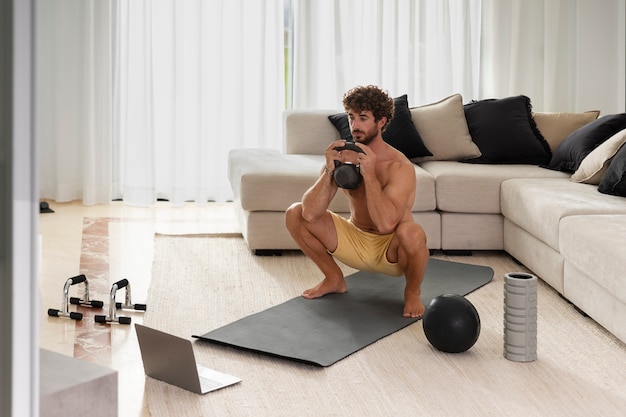
Fitness
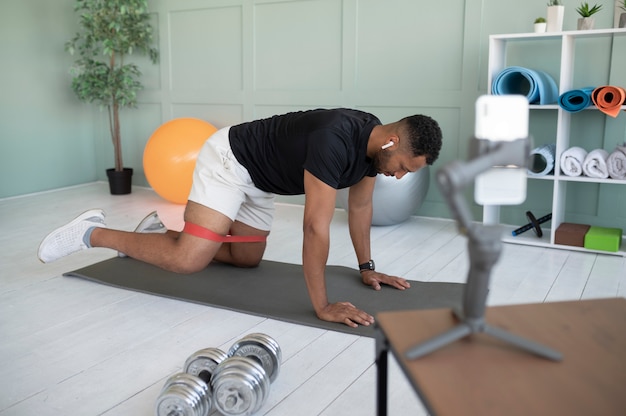
Fitness
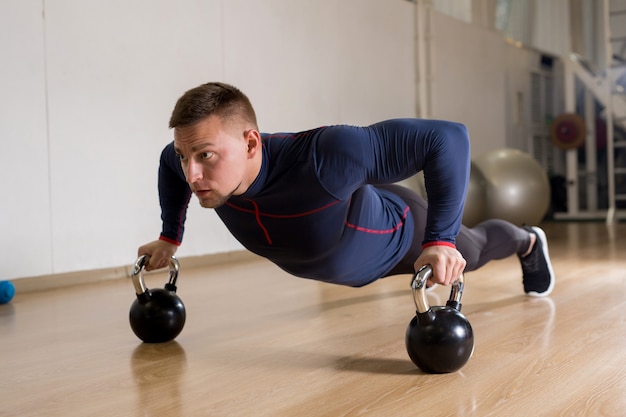
Fitness
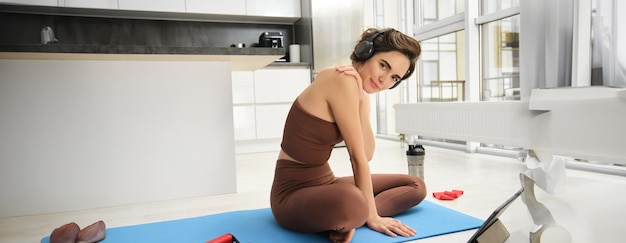
Fitness
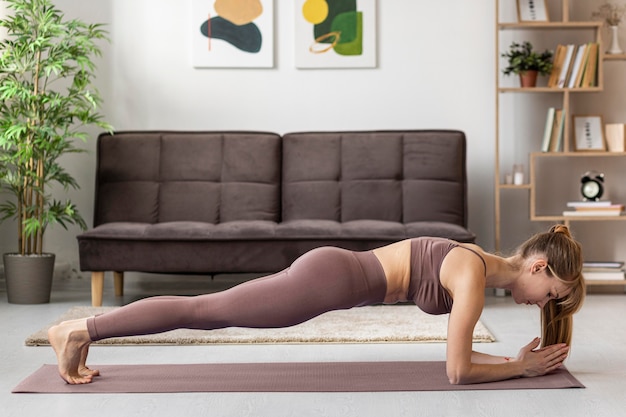
Fitness

Health

Fitness

Health

Health